Nagasaki & Gunkanjima
Nagasaki City
I first went to Nagasaki in 2006, during my very first trip to Japan. Somewhere in a box, I have my little travel diary and some printed photos. This was back when digital cameras were emerging, and were pretty expensive. Japanese mobile phones had some decent cameras on them, but otherwise, basically everyone was using film cameras.



Today, film is something only for enthusiasts. Nobody is using film in for their holiday snaps, not really. The odd wedding or vacation can be complemented with a disposible camera, but that’s exactly my point. They’re a disposable camera. People aren’t going on holiday with rolls of film like they used to, and I wonder who can even change a roll of film in a camera in 2025.


Nagasaki 長崎 which appears to mean long bridge if my kanji reading skills are up to muster, is the largest city in 長崎県. It’s second famous to Hiroshima, as the site of the second atomic bomb to have been dropped on humans at the end of WWII.Somewhat ironically, for centuries Nagasaki was the only place in Japan to be open to foreign trade. During the Shogun era, Japan was locked down almost completely. Nagasaki was a trading post and housed a man-made island designed specifically for trade, such that foreigners needn’t step foot on the land of Japan itself.
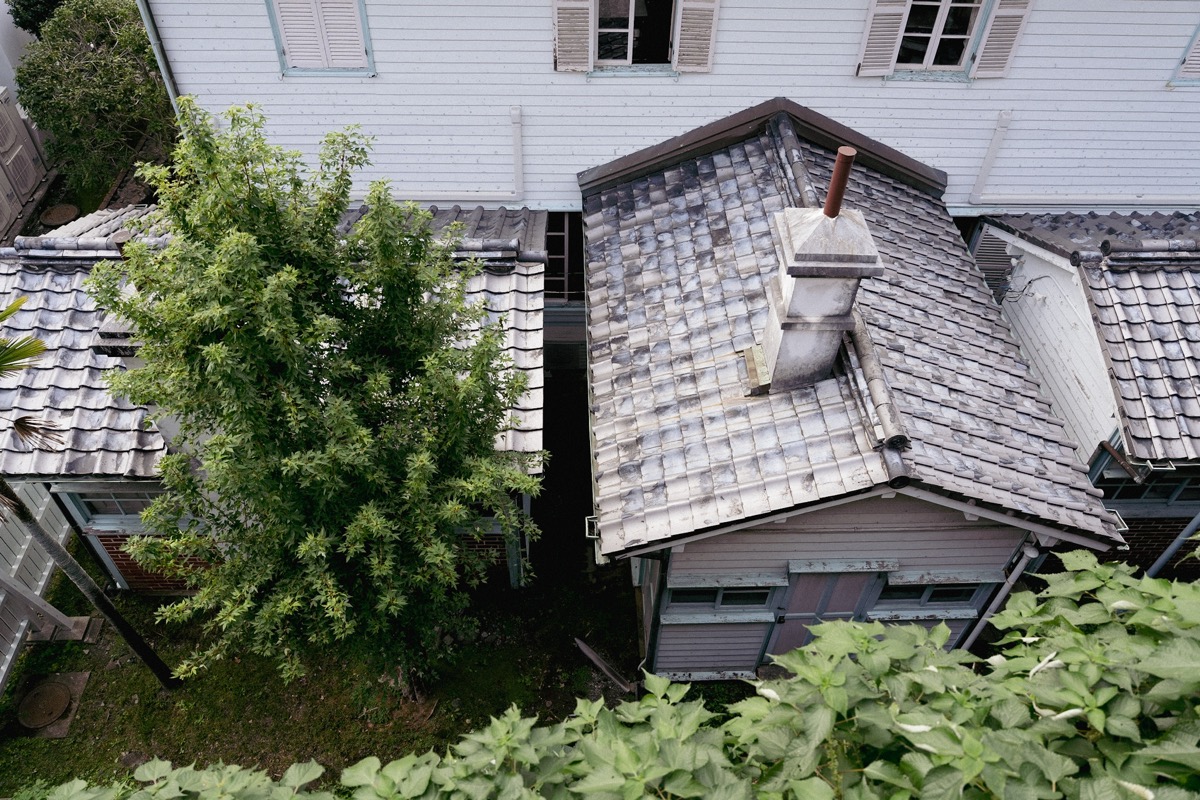
It’s smaller than Hiroshima, and has some interesting areas (rebuilt after the bomb as basically the entire city was turned into rubble), housing western architecture, where rich noblemen and tradesmen had set up shop. It was at one of these locations that I met fellow brit === (hi if you’re reading!) and chatted a little about cameras. I had just purchased my Sony A7CR and was putting it through its paces. All of the posts on the blog over the last six months, save a couple, were taken with this camera.
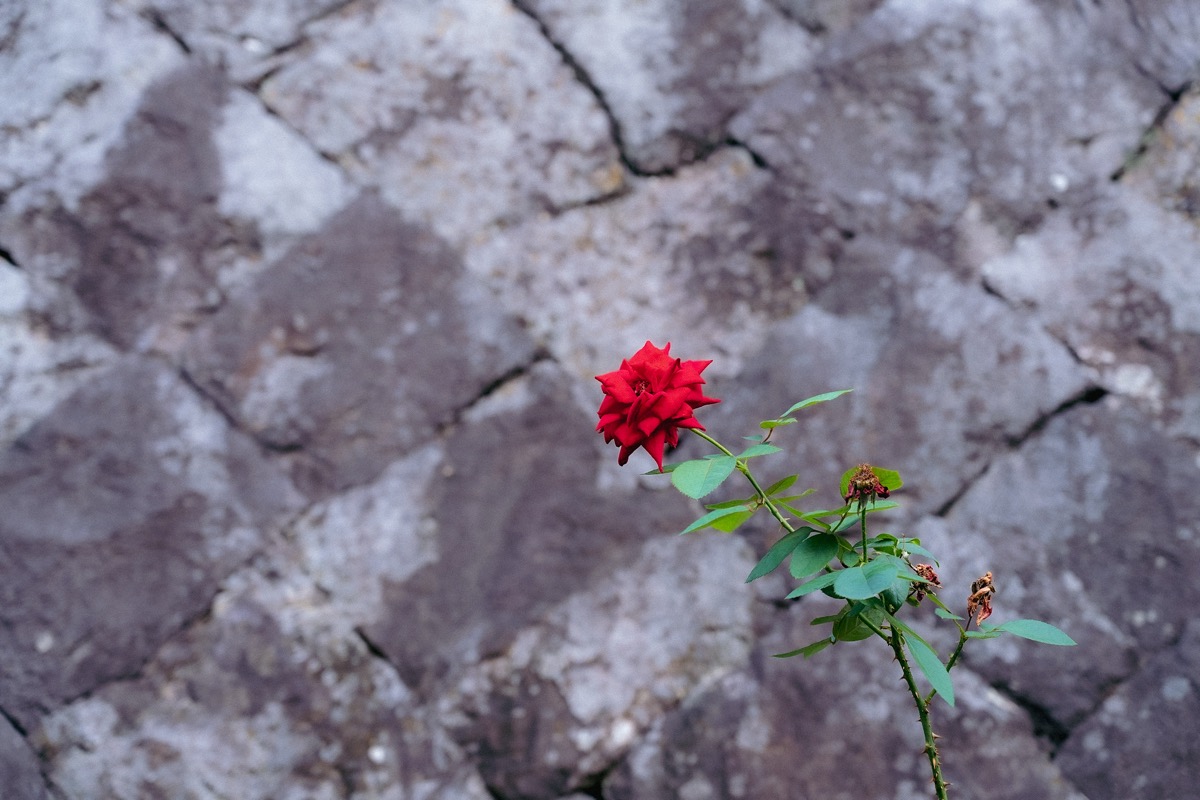
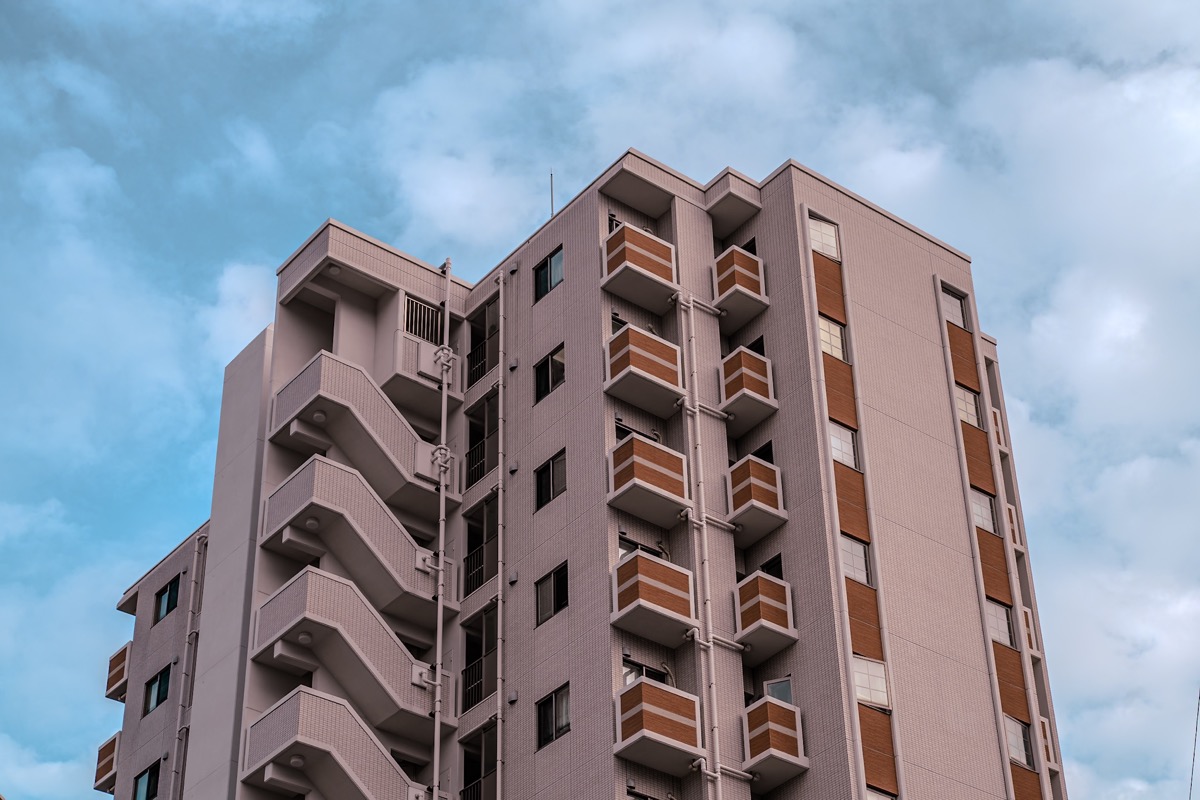

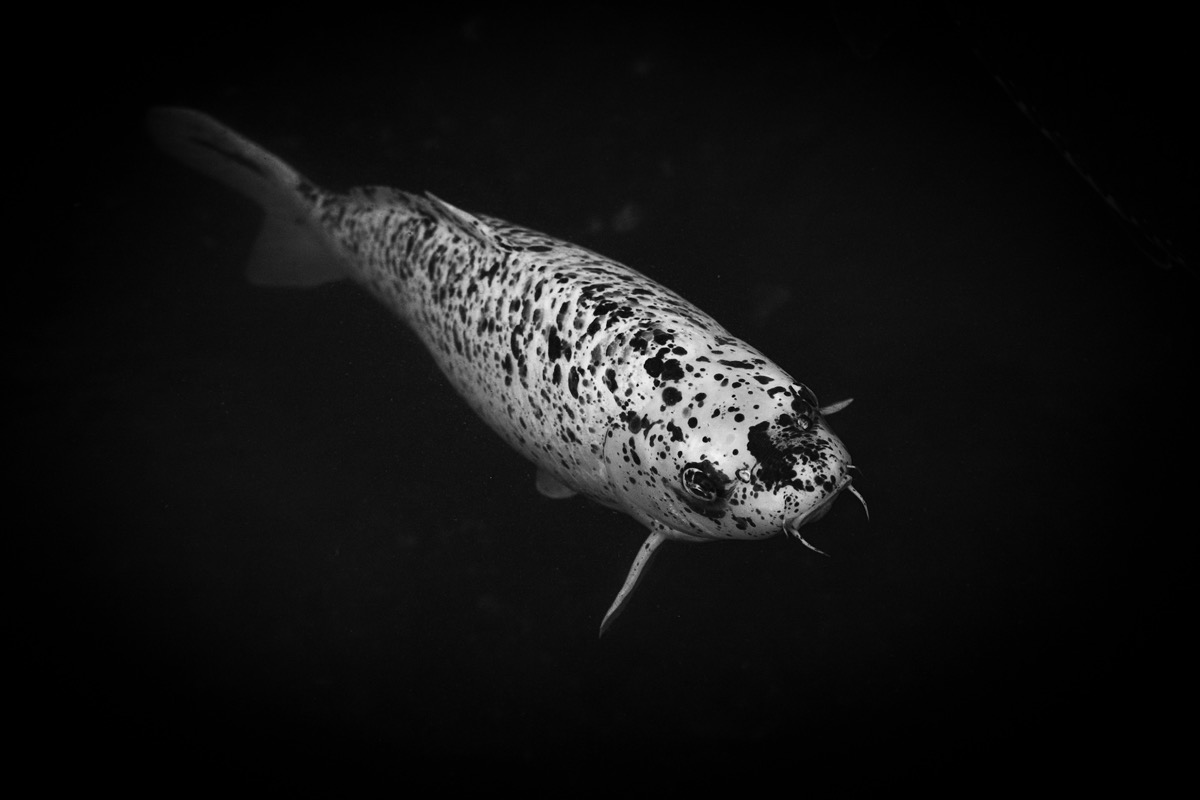
Gunkanjima
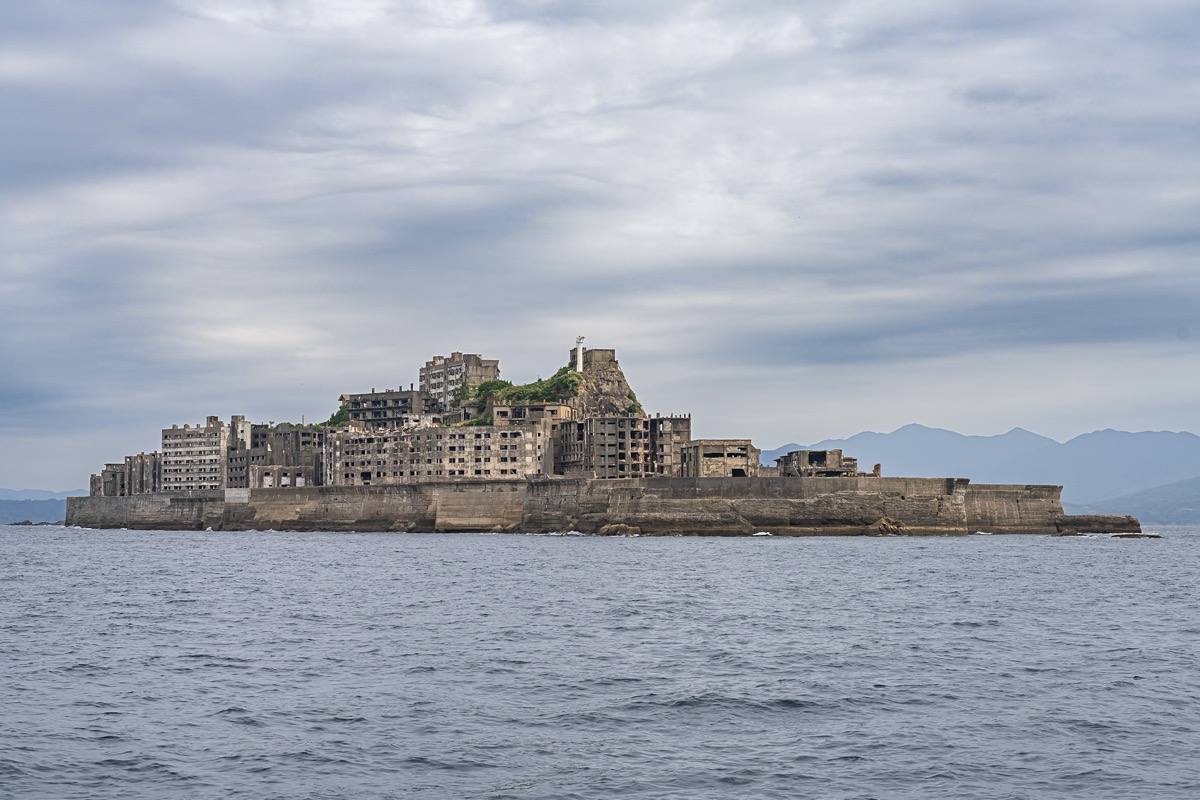
Put back on the map in 2012 by the James Bond film Skyfall, Gunkanjima has a memorable cameo as the villain’s lair—a bizarre, decaying industrial island. The real location is 羽島島 Hashima Island, better known as 軍艦島 Gunkanjima, or Battleship Island, so named for its resemblance to the Battleship Yamato when viewed from the shore.
Gunkanjima was a major undersea coal mining site from the late 19th century until 1974. Purchased by Mitsubishi in 1890, it became a hub of industrial activity, fuelling Japan’s rapid modernisation and wartime expansion. To house the workforce, the island was packed with concrete apartment blocks, making it one of the most densely populated places on Earth at its peak in the 1950s. Life there was tough—especially for the forced labourers from Korea and China during World War II, who endured brutal conditions.
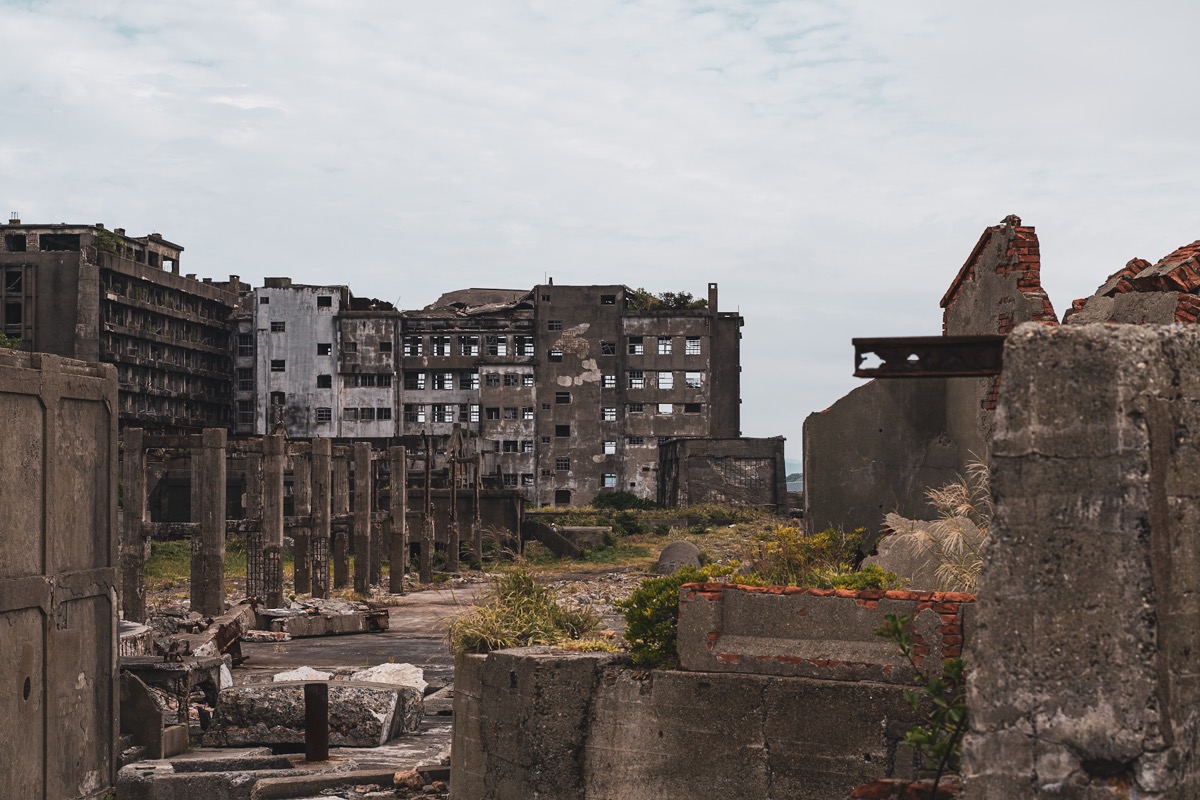
As petroleum overtook coal as Japan’s primary energy source, the mine shut down and the island was abandoned. What remains is a haunting snapshot of industrial ambition left to decay.
Gunkanjima was later reopened to tourists and granted UNESCO World Heritage status in 2015—though not without controversy, due to its wartime past.
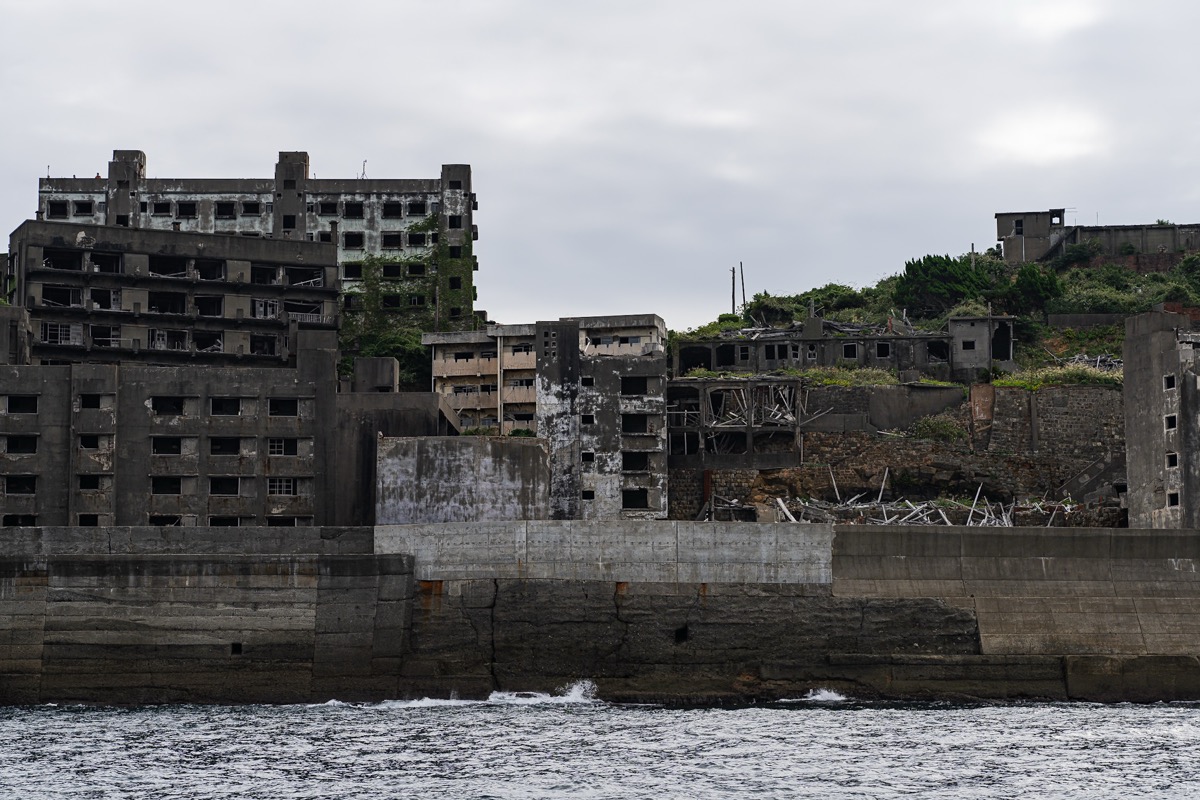

Return East
Following our time in the west of Japan, it was time to return east. A series of bullet trains took us back—about eight hours in total. I spent much of the journey editing photos, and also recall watching some YouTube.
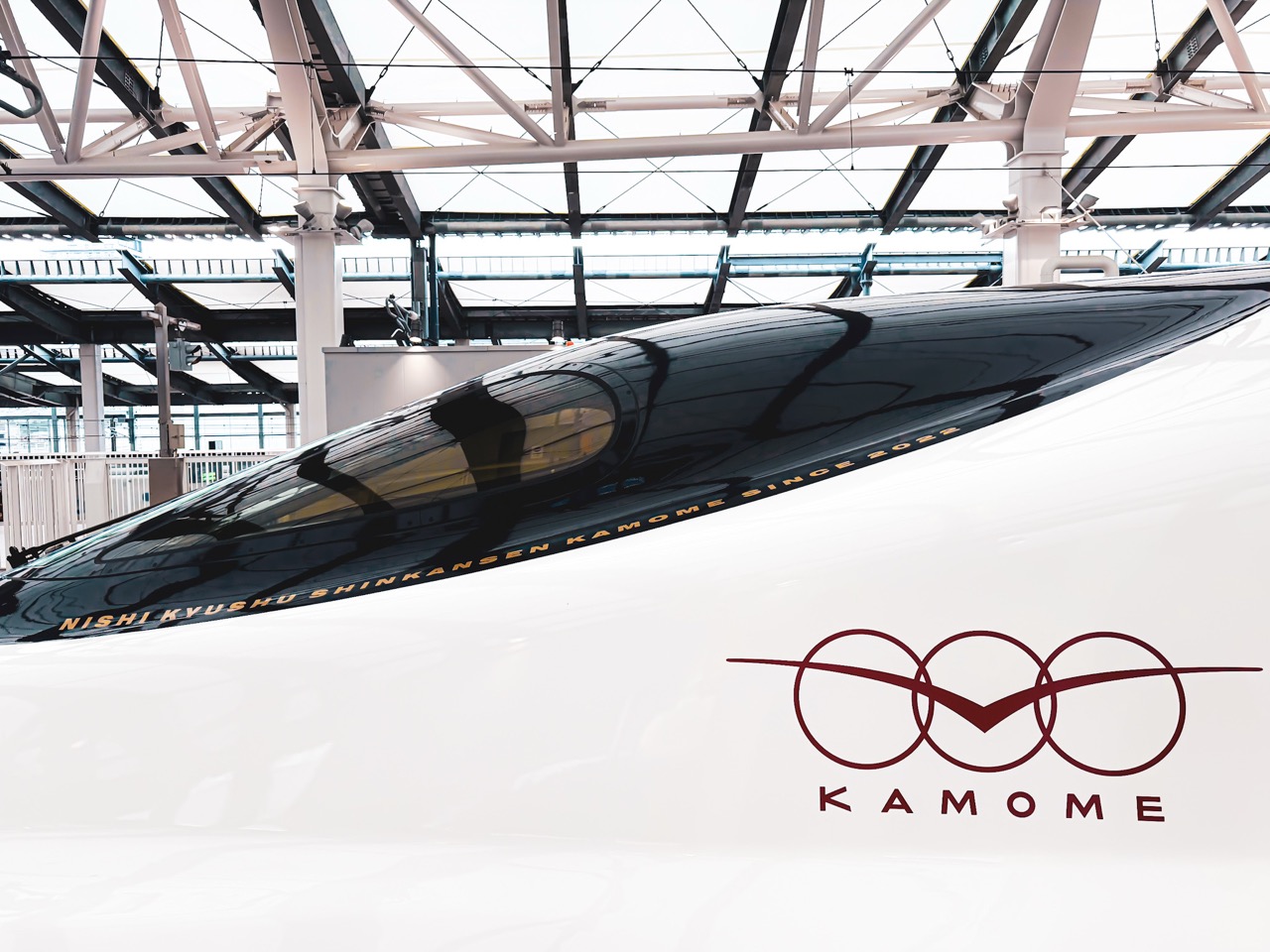
We had several days planned in Tokyo before heading back to Europe. A few more photos from Japan to come, and then I’ll return to a more timely update on present-day life.

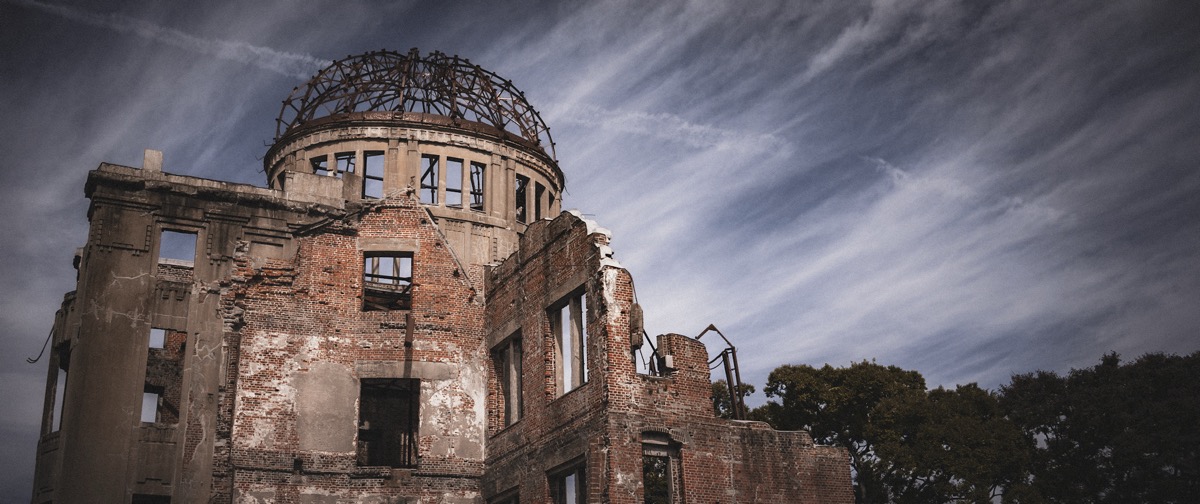
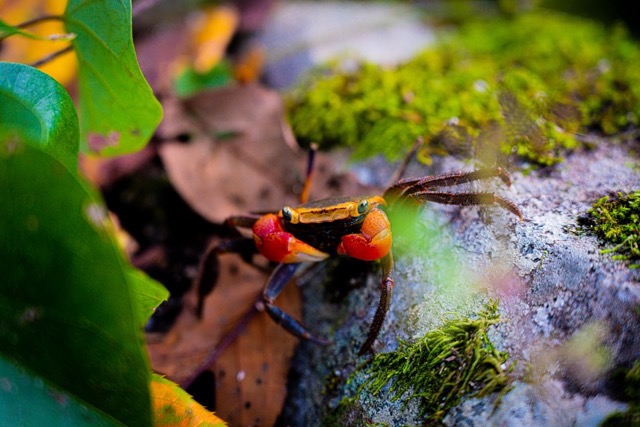
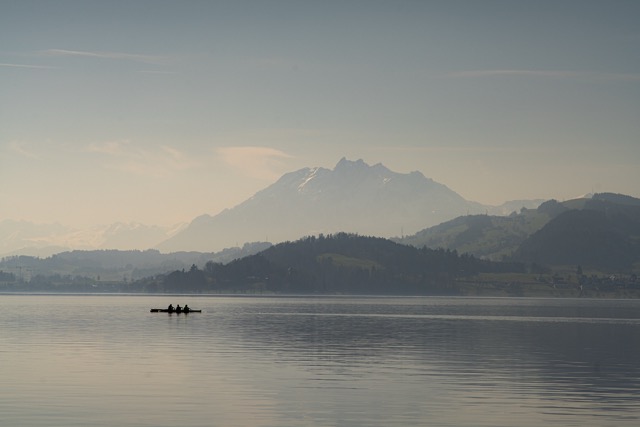

Leave a comment